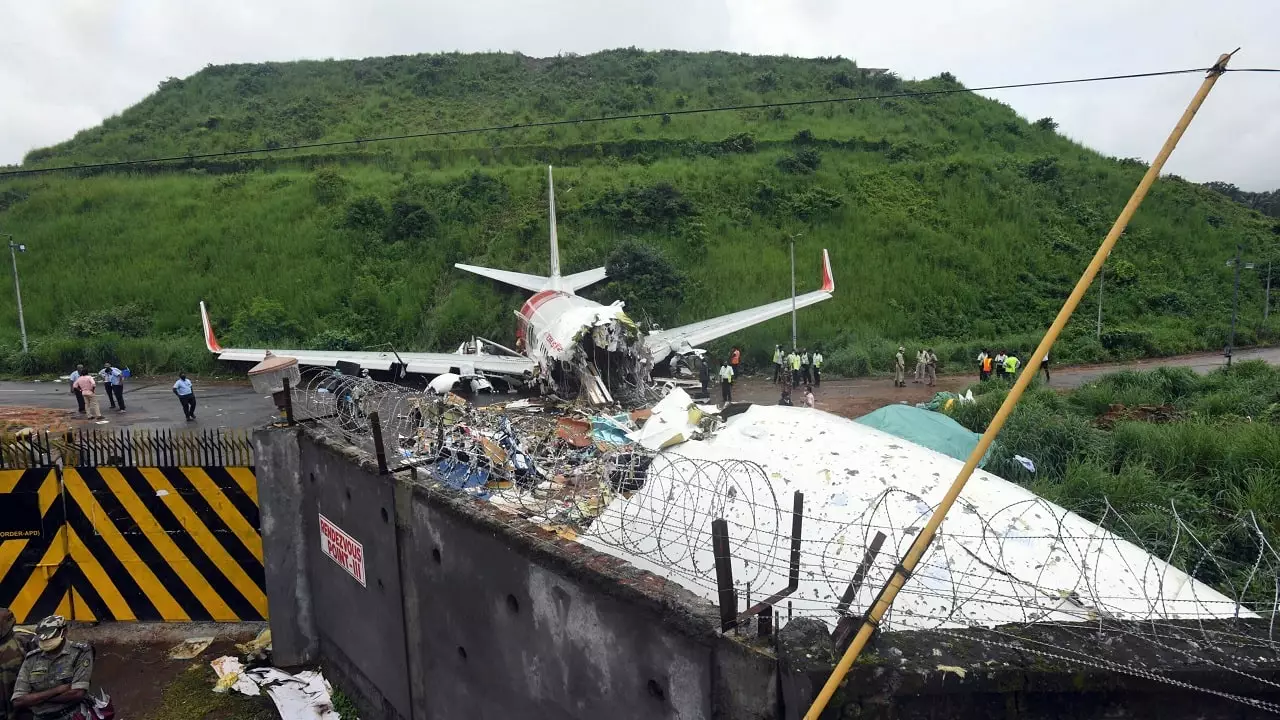Aviation Safety: Practical Tips Every Traveler Should Know
Flying feels routine for many of us, but a few simple habits can make a big difference in staying safe. From the moment you walk into the airport to the final walk off the plane, there are easy actions that boost your security and confidence.
Common Safety Practices
First, pay attention to the safety card. It’s tempting to skim it, but those diagrams show the exact location of exits, how to use the oxygen mask, and where the life vest lies. A quick read takes less than a minute and can be a lifesaver if something goes wrong.
Next, keep your seatbelt fastened whenever you’re seated. Turbulence can hit without warning, and a snug belt prevents you from being tossed around. The buckle is small, so it’s easy to reach even if you’re in the middle of a snack.
Storing carry‑on luggage properly also matters. Place heavier items under the seat in front of you or in the overhead bin close to the center of the aircraft. This keeps the cabin balanced and reduces the chance of items shifting during turbulence.
When the flight crew starts the safety demonstration, listen carefully. Even if you’ve flown many times, airlines sometimes change procedures or add new equipment. Following the crew’s instructions shows respect and ensures you’re ready for any scenario.
What to Do in an Emergency
If an emergency evacuation is announced, leave all personal items behind. Your shoes, bag, or phone might slow you down and block the exit for others. Move quickly toward the nearest exit – it might not be the one you entered from.
During a water landing, grab the life vest and pull it over your head, then inflate it once you’re out of the plane. Inflating it inside the cabin can make it harder to get out. If you’re underwater, stay calm, locate the closest exit, and follow the illuminated floor path lights.
In the rare case of an onboard fire, use the nearest fire extinguisher. Most aircraft have them in the aisles between seats. Aim at the base of the flame, press the handle, and sweep side to side. Tell a flight attendant immediately – they have additional equipment and training.
Finally, don’t panic. The crew is trained for these situations, and the aircraft is designed with multiple safety layers. Staying calm helps you think clearly and follow the instructions that keep everyone safe.
Every flight includes safety measures, but personal vigilance makes them work best. By taking a few minutes to read the safety card, keep your belt on, and know the steps for emergencies, you turn a routine trip into a confidently safe journey. Safe travels!
